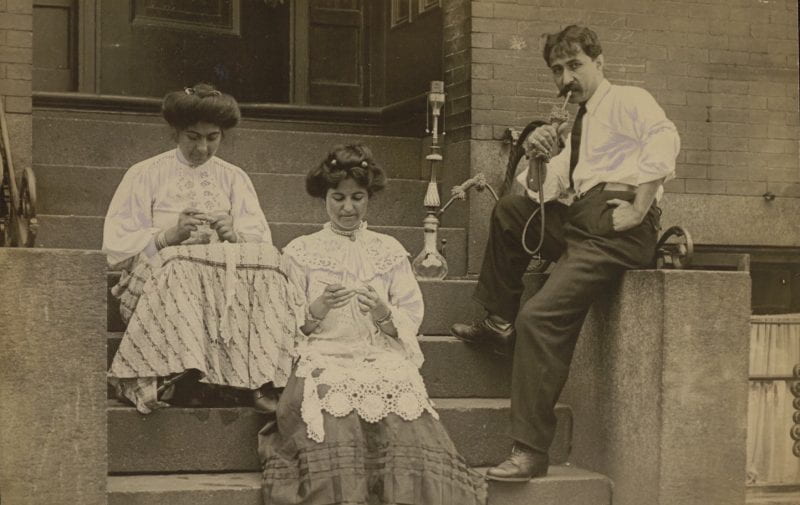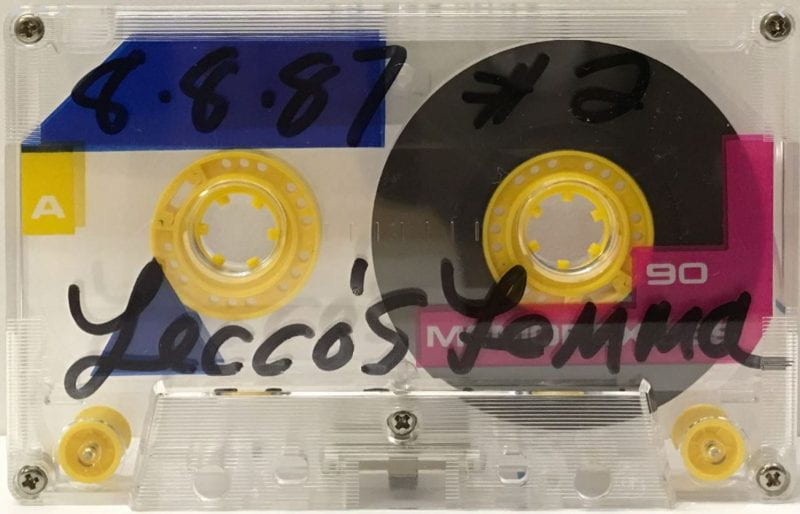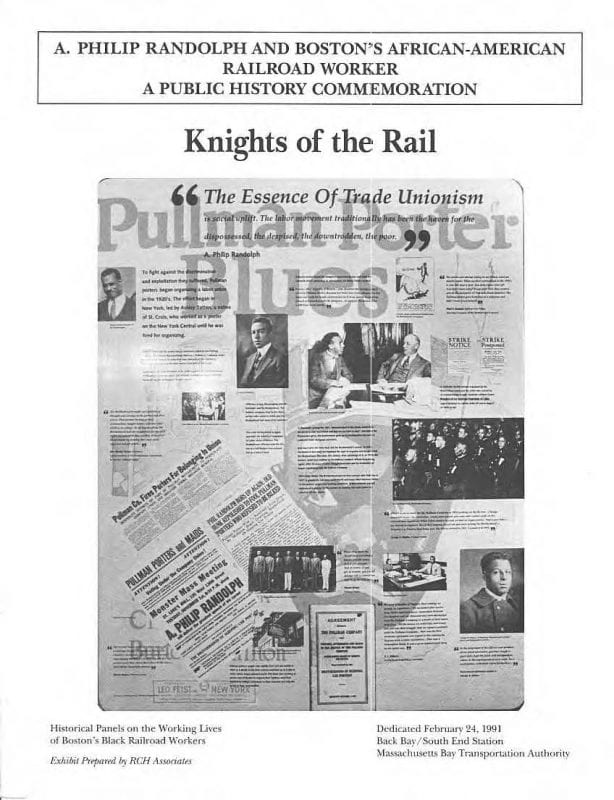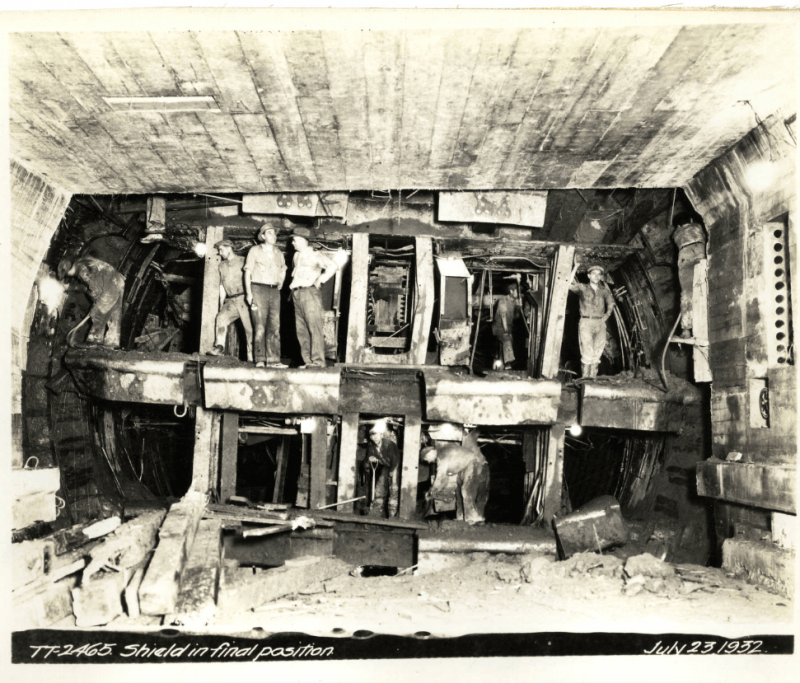Author: Amanda McKay, Archives Assistant and graduate student in the English MA program at UMass Boston
As the 1800s streets of Boston were bustling with carriages, a group of women were plotting a new development: a home for young girls. The first of its kind, the Boston Female Asylum catered to young girls who were orphaned and destitute. The asylum was a major advancement for both women and children. Over the years, the asylum evolved to include more care options, influencing the modern day foster care system. By the turn of the next century, the organization was offering counseling and placement services for young girls. In 1923, the organization merged with the Boston Children’s Aid Society, forming the Children’s Aid Association.

The organization’s early years garnered a lot of attention and support from notable local figures such as Abigail Adams. The Boston Female Asylum Records collection within Healey Library encompasses vital historical documents such as minutes, face sheets, and various publications. Dating back to the early 1800s, the collection shows the evolution of the organization. The most notable documents are the yearly reports and by-laws, rules, and regulations publications, clearly noting changes and developments within the organization. The improvements are evident in the resources provided. The 1898 Bylaws, Rules, and Regulations publication highlights that,
Between the age of twelve and fourteen years the girls are sent to families, living usually in the country or small towns, chosen by the Managers from many applications; the intention being to give them opportunities for further schooling and training in housework, and to have them treated as members of said families, from whom they are to receive the sum of $50; $20 of it on reaching the age of seventeen and $30 at eighteen.

Interestingly, later publications, such as the 1852 Report for the fifty-second anniversary of the Boston Female Asylum has no mention of the girls being sent anywhere to work. The growth and progress of the institution is shown by this partnership with community members. Not only were people of the community supporting the Boston Female Asylum, but they were active members, fiscally and physically. By sending in donations and allowing girls to work in their home for a wage, the Boston Female Asylum not only provided safe housing and conditions for young girls but also gave them an opportunity to work and become independent when needed. Today, the effects of the work that was done at the Boston Female Asylum is not lost. Going through various mergers in its history, the organization is now known as The Home for Little Wanderers. The roots of the Home are not just with the Boston Female Asylum, but various other institutions such as Boston Children’s Services, the New England Home for Little Wanderers, Parents’ and Children’s Services, Charles River Health Management, and Wediko Children’s Services. Serving Massachusetts, New Hampshire, and New York, the Home provides community-based services for young people under the age of 26 who need emotional, social, educational, and physical support.

References
Boston Female Asylum. Boston Female Asylum. Historical Account. By-laws, Rules and Regulations. Boston: Beacon Press, 1898. https://archive.org/details/bostonfemaleasyl00bost_3/mode/2up.
Boston Female Asylum. Report for the Fifty-Second Anniversary of the Boston Female Asylum. Boston: n.p., 1852. https://archive.org/details/bostonfemaleasyl00bost_3/mode/2up.
Boston Female Asylum records, SC-0003. University Archives and Special Collections, Joseph P. Healey Library, University of Massachusetts Boston. Accessed July 11, 2025. https://archives.umb.edu/repositories/2/resources/197.
Davainis, Dava. “Boston Female Asylum: Records of Benevolence.” State Library of Massachusetts. December 16, 2019. https://mastatelibrary.blogspot.com/2019/12/boston-female-asylum-records-of.html.
The Home for Little Wanderers. “About Us.” Accessed June 27, 2025. https://www.thehome.org/about-us/our-history.


















